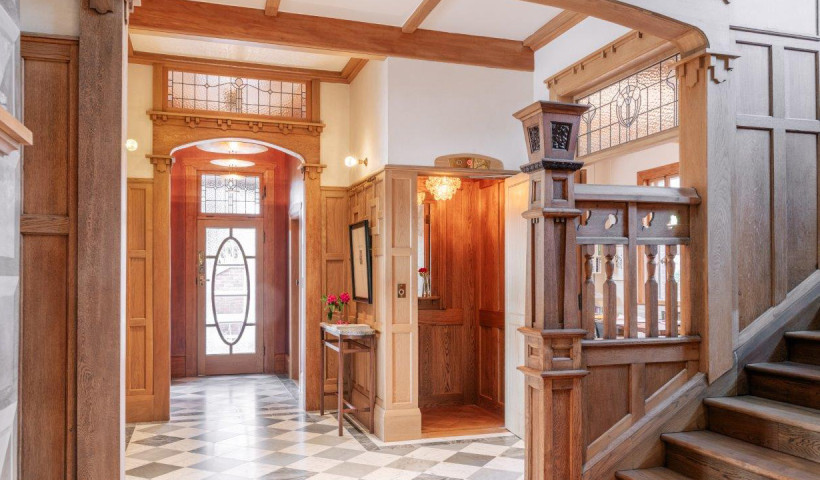
With floorboards so rotten they almost cost new owner Russell Lund a trip to A&E, it’s not surprising that this unassuming car-parts building on Dunedin’s waterfront was destined for the wrecking ball. Fortunately, a chance conversation with a local historian, the late Elizabeth Kerr, revealed the building’s colourful history. Originally built as headquarters for Gregg & Co Ltd back in 1878, the two storey building housed the popular coffee roasters until 1925. Over the years, a series of less exotic incarnations gradually erased most of its original character. Interest piqued, Lund decided to embrace this unique history, embarking on an extensive restoration project that would bring the building back to life.
It was this determination to create an interior with character and flair that led him to Powerglide’s customisable E Series Elevator. With interiors boasting the warmth of recycled timber and brick, a shiny traditional elevator would have been out of place. Russell wanted to have some fun with the lift, providing a unique experience for lift users. He achieved this objective through close collaboration with Allan Fullerton, Powerglide’s Founder and Design Engineer. Powerglide’s customisable E Series elevator gave Lund the blank canvas he was after, backed by professional design support from Powerglide’s in-house design team.
“Design is an iterative process,” comments Lund. “The first solution is never the best solution, and Allan was very good about accommodating that."
He also appreciated that working with NZ owned and operated Powerglide avoided the delays and complications inherent in using an off-shore supplier. “We didn’t have to send questions to Germany and wait three weeks for an answer,” he says.
The result of the collaboration is truly striking. An 8m high glass wall in the front of the lift shaft means the lift car is fully visible as it moves between floors. Another wall of the lift shaft is decorated with a bold floral mural by Lund’s wife, Dunedin-based artist, Suzanne Lund. The remaining two walls of the lift car are lined with brick cladding, creating the slightly disorienting illusion of a moving brick wall. The mesh ceiling is a nod to the grating that formed the floor in the original chicory roasting kiln in the building, and is painted in the yellow favoured in early advertising for Greggs Coffee.
With the workings of the elevator in clear view, Lund says he unashamedly ‘sweated the small stuff’ when it came to the details and finishing. Lund, Fullerton and the Powerglide design team combined very well to arrive at bespoke solutions to hide cables, paint all visible surfaces black and ensure that all finishes were of the highest possible quality.
Entering from the ground floor’s commercial area, the lift provides primary access to the four apartments on the first floor. Once completed, the 18 apartments in the adjacent Loan & Mercantile Building will also be accessed via the lift, exiting through a 90 degree door to the left. The lift is fitted with automatic door openers for the glass doors and has an electronic safety curtain to ensure passenger safety.
In another nod to the building’s heritage, Lund has secured copies of early Gregg’s advertising, rescued from a skip by an enthusiastic employee and stored carefully ever since. These will be displayed in the foyer, which was designed around the original coffee roaster which served for just under a century, from 1915 until 2011.
Location: Dunedin
Powerglide Elevator Specs: Commercial Series E, 1400 x 1400mm
Weight Capacity: 350kg
Lift Configuration: Entrances at 90 degrees
Design & Manufacture Time: 8 weeks
Install Time: 2 weeks
Design & Installation Process: Process managed by Powerglide’s specialist in-house engineering team
Architect: Mahendra Daji Architects Ltd
Building Contractor: Lund South Ltd
Features: Custom interior, automatic door openers, electronic safety curtain, safe exit in power cut, hand rail, any button exit, low maintenance, compliant fire-rated hardware, security and access control, remote monitoring.
Maintenance/Servicing Requirements: Maintenance-free for first five years
Complies with: NZS 4334:2012
Mechanism: Hydraulic drive with self-supporting rails
Speed: Around 9 seconds, floor-to-floor
Manufacture: Manufactured in New Zealand using locally sourced materials and componentry













 New Products
New Products









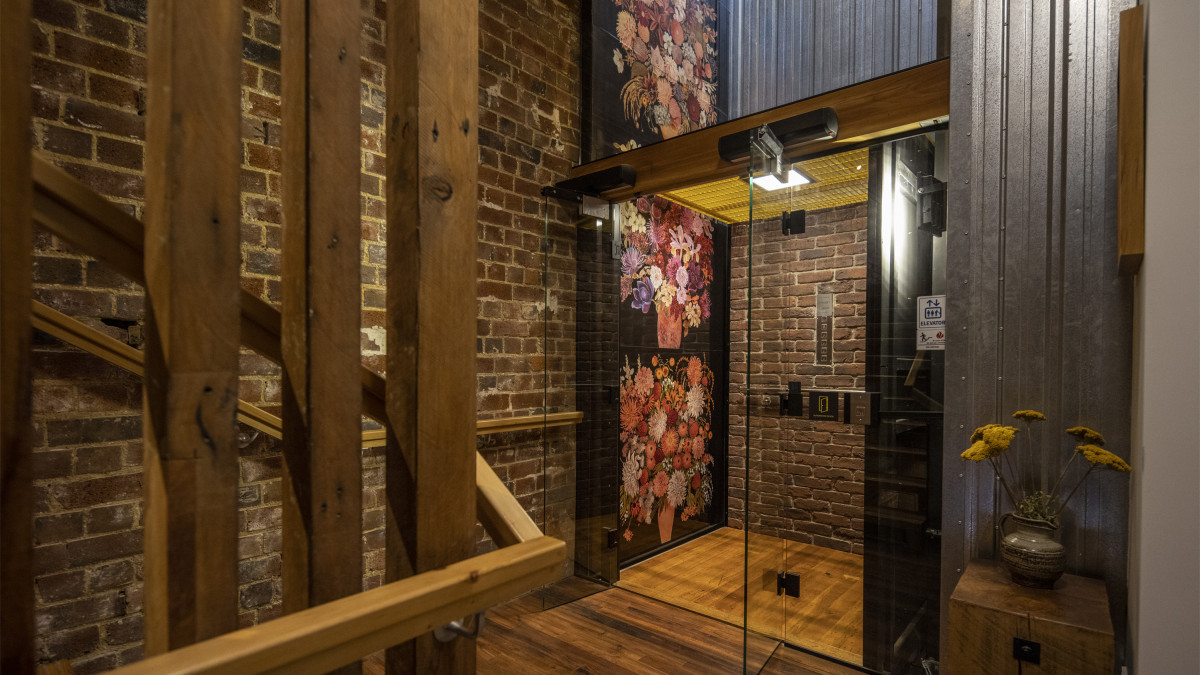

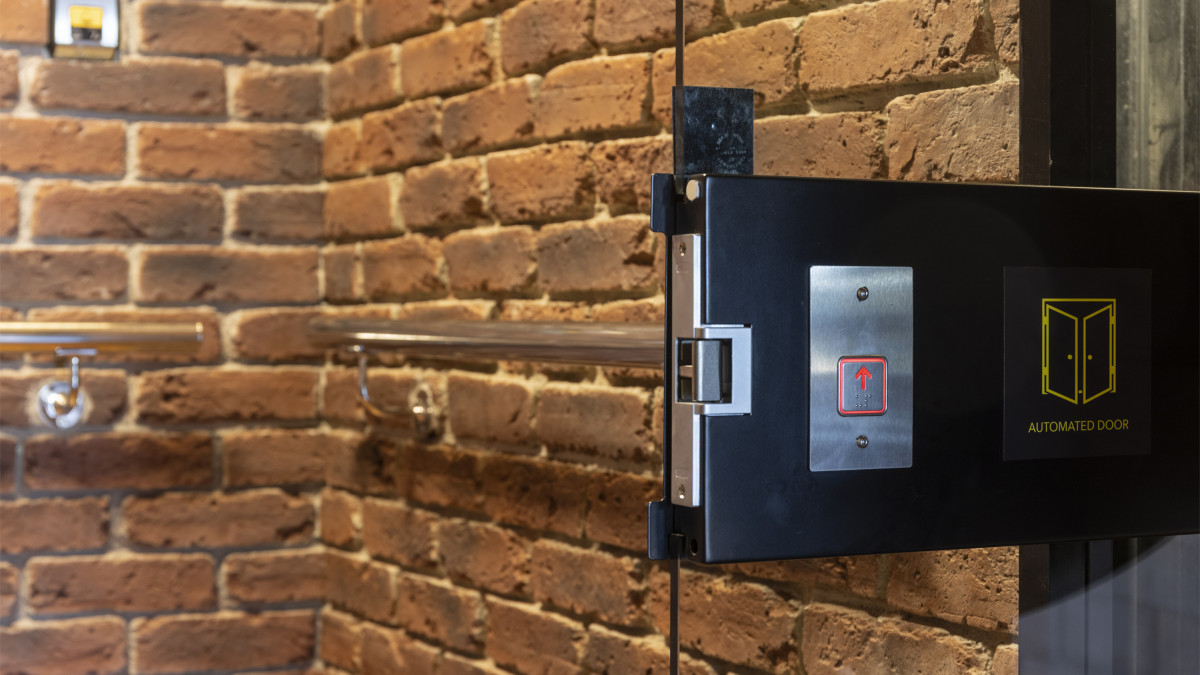
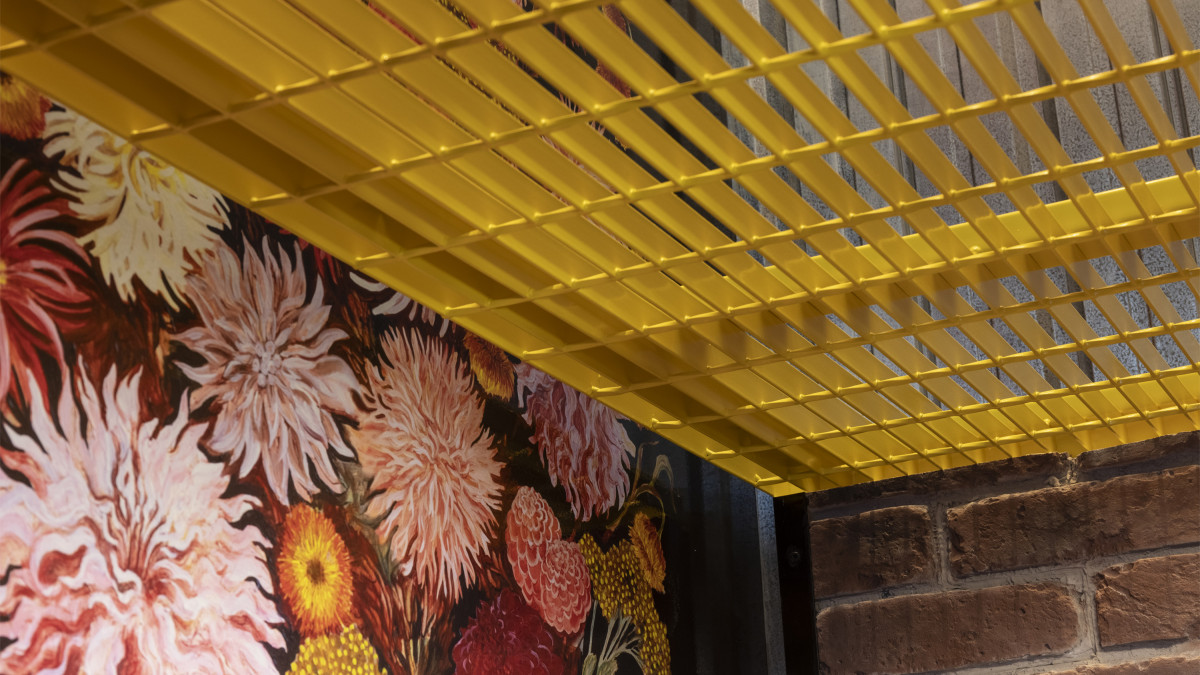





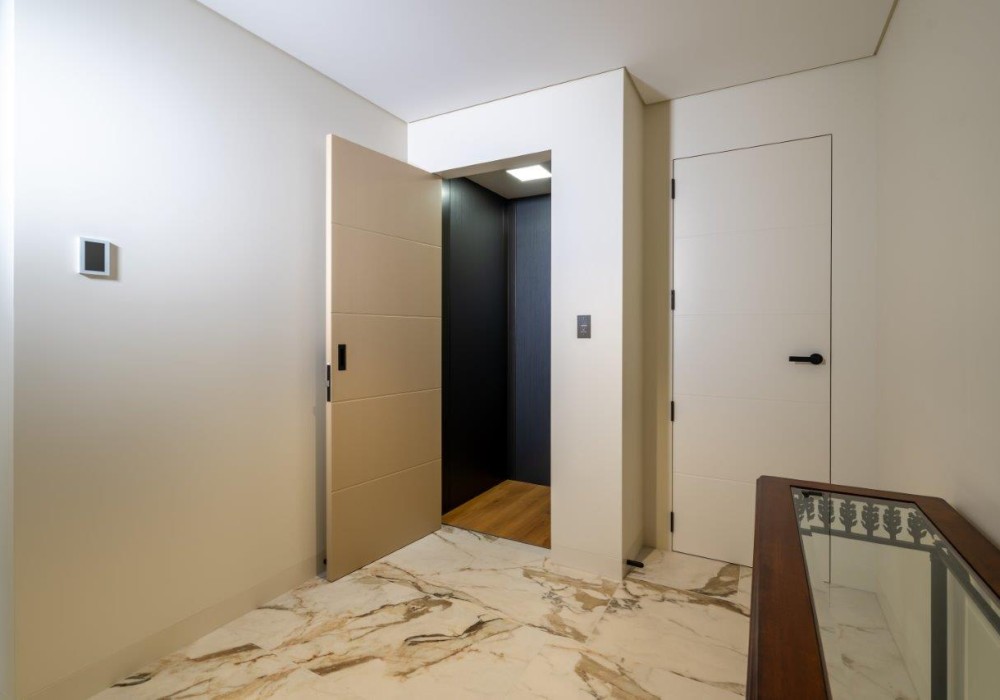
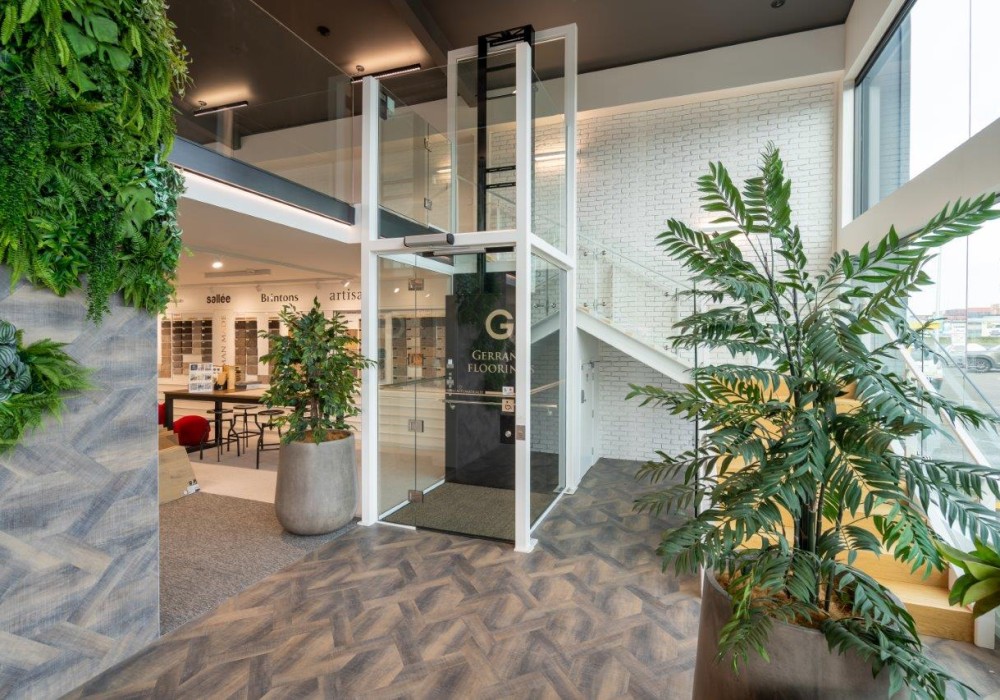

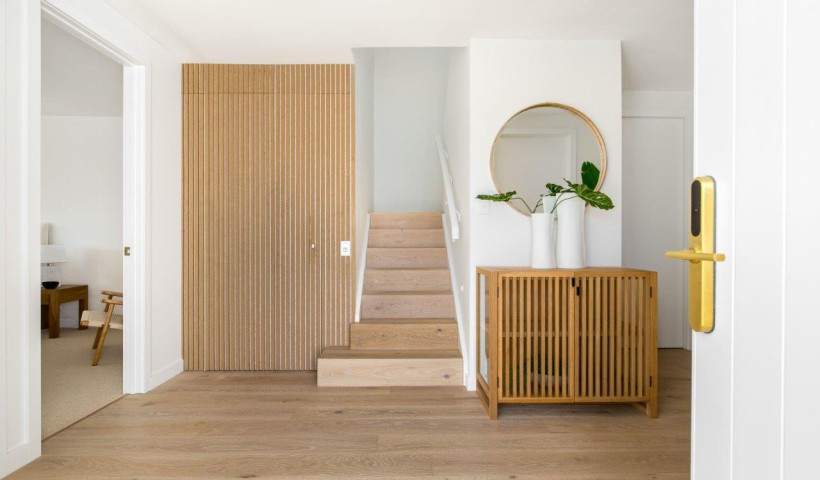
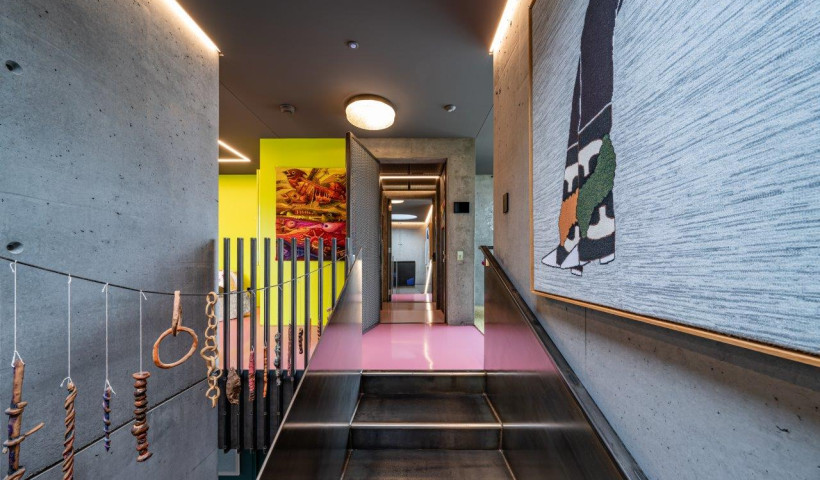
 Popular Products from Powerglide Elevators
Popular Products from Powerglide Elevators


 Most Popular
Most Popular


 Popular Blog Posts
Popular Blog Posts
